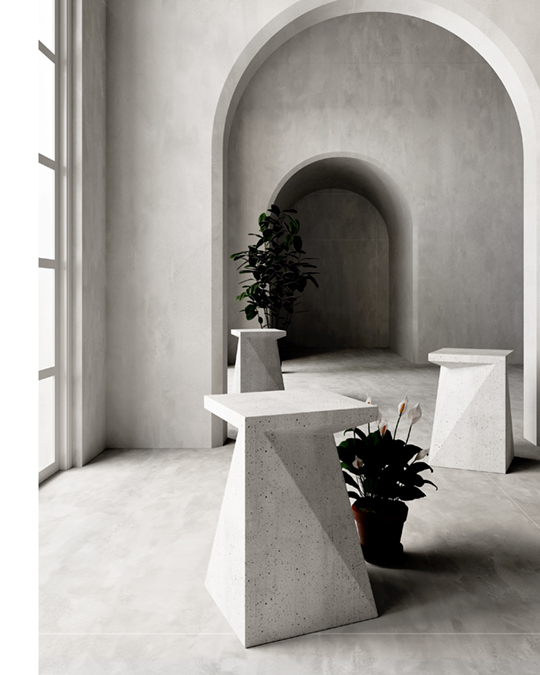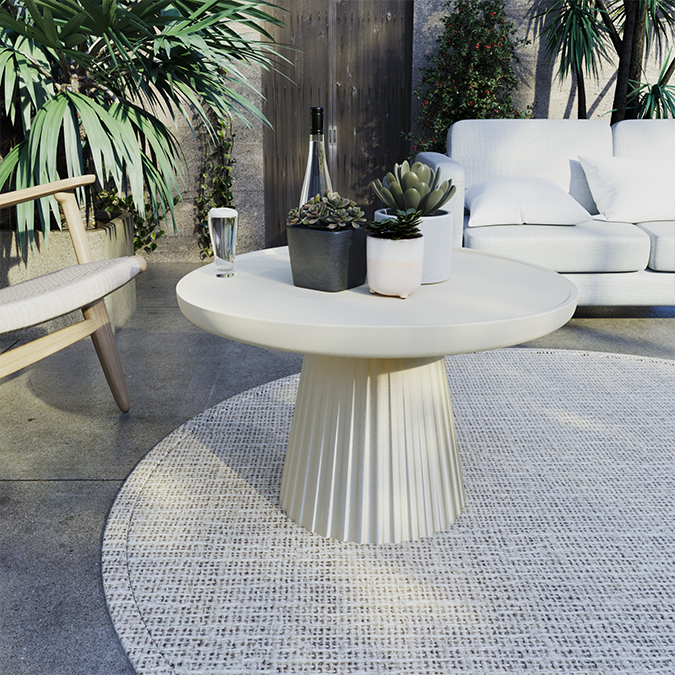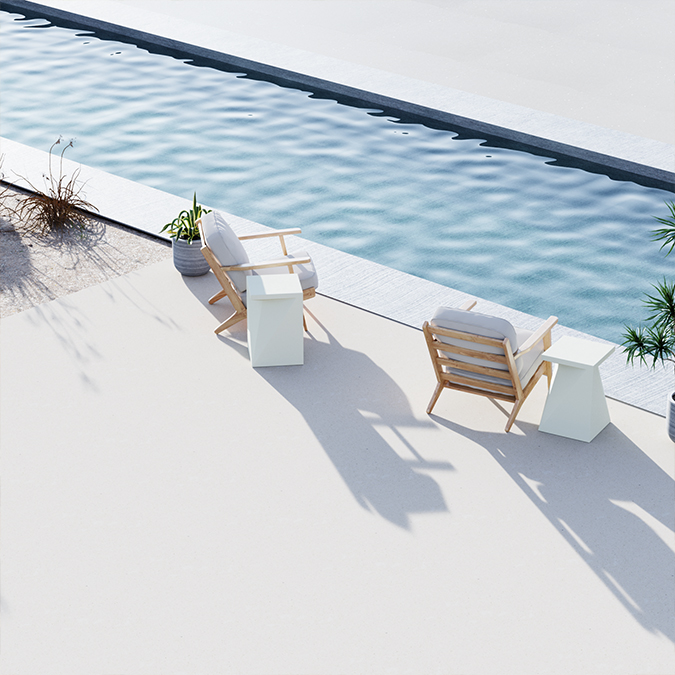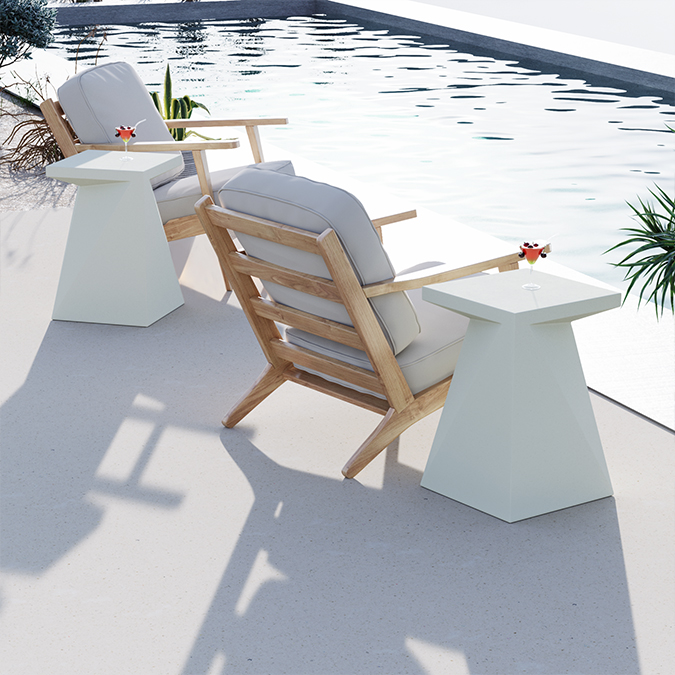Since its inception, GRC (Glass Fiber Reinforced Cement) has undergone significant development in the fields of architecture and design. Initially widely used in building facades, sculptures, and decorative structures, GRC material has gradually attracted the attention of designers and embarked on a new chapter as an integral part of modern furniture design.
From Tradition to Modernity
GRC material was initially used in traditional architectural designs, favored for its light weight, high strength, and moldability. Over time, the potential of GRC material has been further explored, leading to its application in furniture design. This transition is not only due to the inherent properties of the material but also reflects changes in modern design philosophies.
Modern Design Philosophies with GRC Material
As consumer demand for personalized, high-quality furniture has grown, GRC furniture has become increasingly popular in the market. The flexibility and malleability of GRC material allow designers to realize complex design ideas, whether they involve smooth curves or intricate textural details. This material’s versatility provides designers with ample creative space to combine traditional elements with modern design concepts, creating works that are both classic and contemporary.
Impact and Development Trends of GRC Furniture
The emergence of GRC furniture has not only enriched the language of modern furniture design but has also promoted innovation across the industry. The lightweight nature of GRC material makes furniture easier to move and install, while its excellent weather resistance and low maintenance costs meet the demands of modern consumers for practicality and durability. Additionally, the diverse designs of GRC furniture offer more possibilities for space planning, making them suitable for residential and commercial spaces alike.
With the growing emphasis on sustainability, eco-friendliness has become a critical consideration in furniture design. Due to its environmental attributes and recyclability, GRC material is an ideal choice for sustainable design. Many GRC furniture manufacturers have started adopting greener production processes and technologies, committed to reducing carbon footprints and improving overall sustainability.
Conclusion
From tradition to modernity, GRC furniture has undergone a significant transformation and evolution. As advances in material science and evolving design philosophies continue, GRC furniture has not only become an essential component of modern furniture design but also represents a new way of life. In the future, we can expect that with ongoing technological innovations and deepening design concepts, GRC furniture will continue to lead trends in furniture design, bringing more surprises to our living spaces.
Post time: Sep-04-2024




